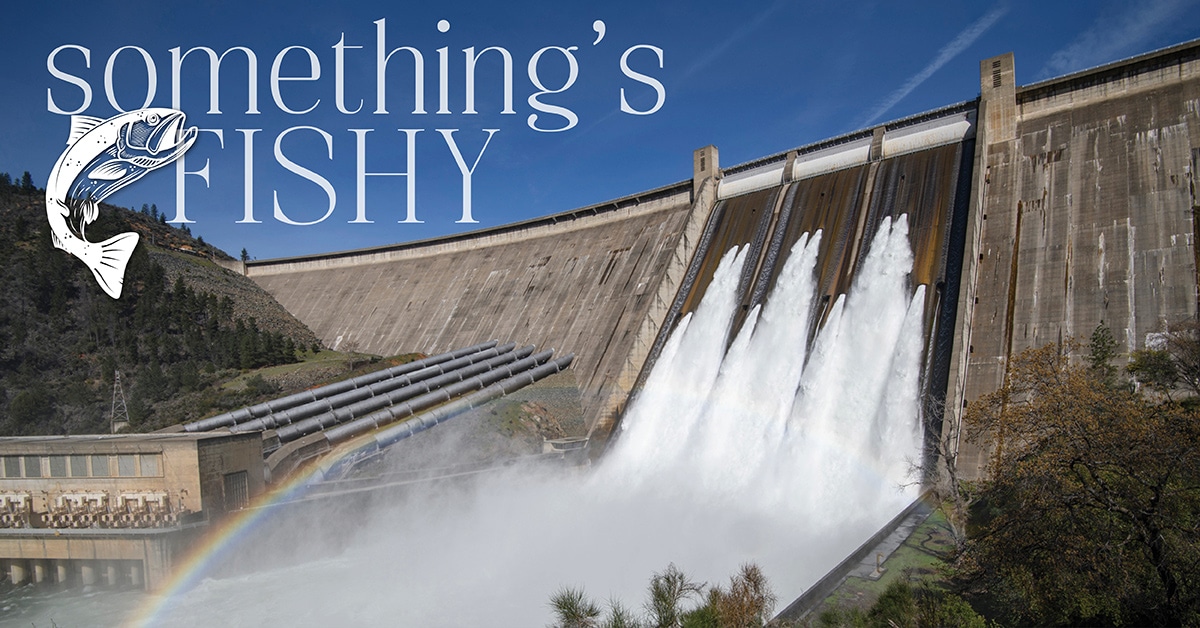Something’s Fishy
Shasta Dam’s Livingston Stone National Fish Hatchery…
Back in the day, as some are wont to say, winter-run Chinook salmon treated the Sacramento River like Interstate 5, cruising north through the Golden Gate and eventually making their way to their historic spawning grounds on the McCloud, Pit and Upper Sacramento rivers.
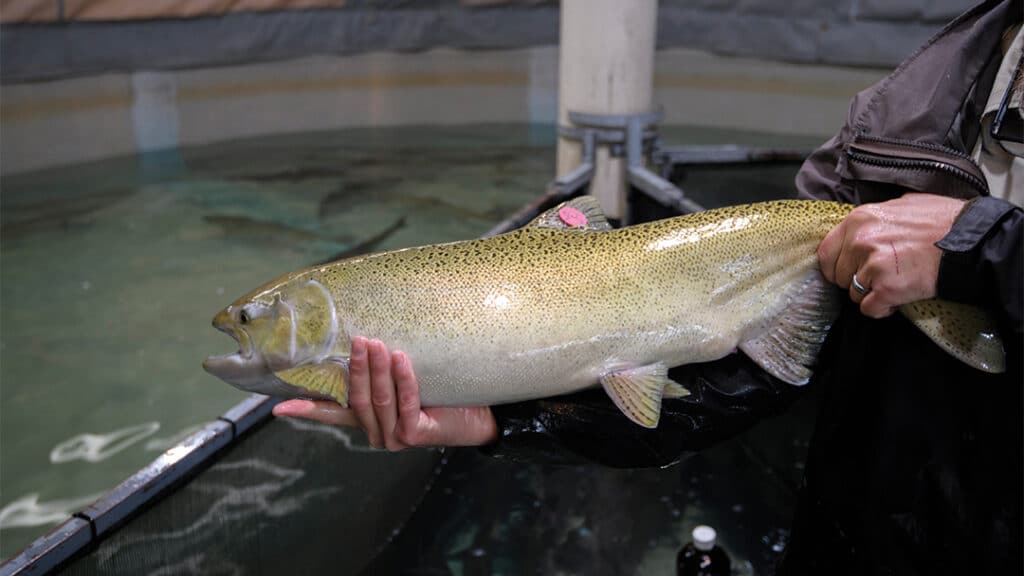
Shasta Dam, an 883-foot-thick wall of concrete completed in 1945, put a significant crimp in the winter-run salmon’s itinerary, reducing their spawning grounds from 187 miles of streams and tributaries to just a couple of miles of river downstream from the dam. Keswick Dam, built in 1950, removed another chunk of available spawning habitat.
The winter-run salmon population began to dwindle to the point where, in 1989, the fish were listed as endangered and/or threatened under both the California and federal endangered species acts. In 1993, there were just 186 returning adults counted in the river.
Not long after, the U.S. Fish & Wildlife Service partnered with the Bureau of Reclamation to establish the Livingston Stone National Fish Hatchery at the base of Shasta Dam. Now in its 25th year, Livingston Stone is the only hatchery in the world dedicated to winter-run salmon. It is a substation of the Coleman National Fish Hatchery southeast of Anderson.
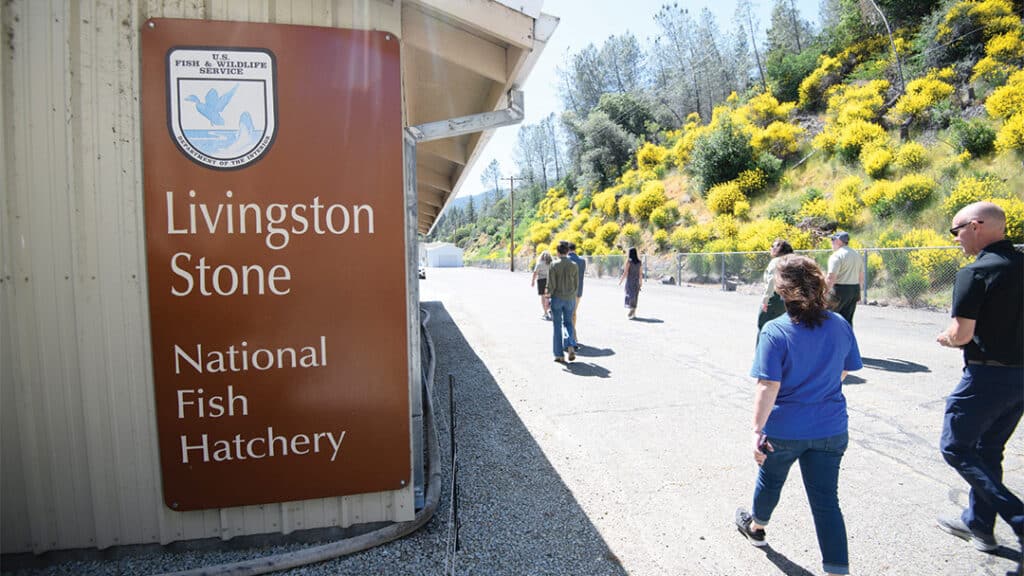
Derek Rupert, a fish biologist with the Bureau of Reclamation, says winter-run salmon are named for the time of year (January through March) when they leave the Pacific Ocean and begin the upstream journey to their natal or birthplace spawning grounds. “Winter-run Chinook really only exist in the Sacramento basin,” Rupert says.
Winter-run salmon move upstream in April and generally spawn from June through August. “Spawning in the middle of summer can be difficult, especially during a drought,” Rupert notes. Nonetheless, winter-run salmon returned in relatively plentiful numbers in the 1960s and ’70s but began to decline in the 1980s.
With a ready supply of cold water and its location on the Sacramento River, Shasta Dam was an ideal location for the hatchery, Rupert says. Adult salmon are collected in a fish trap at Keswick Dam and transported by tank truck to the hatchery.
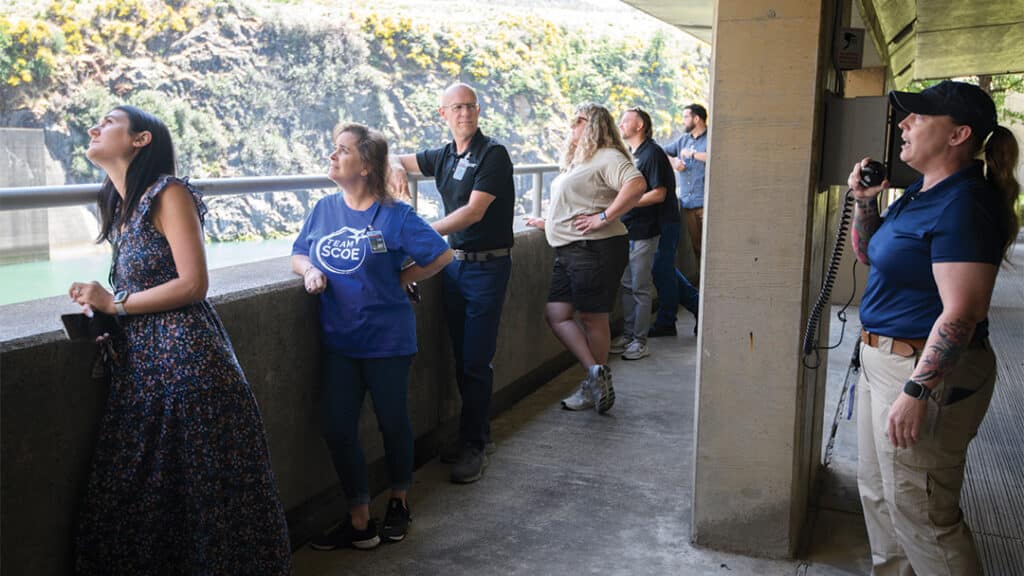
In a typical year, the hatchery collects 60 females and 120 males with the goal of producing 250,000 juvenile fish. During the drought conditions earlier this decade, Rupert says Livingston Stone doubled and even tripled its production to mitigate for the loss of in-river spawning.
Once raised to fingerling size in January and February, the young fish are trucked down to Caldwell Park and released during the evening hours.
Salmon aren’t the only ones migrating toward Shasta Dam. The North State monolith is a popular draw for people too. Some 19,267 folks visited the dam last year, Bureau of Reclamation spokesman Michael Burke says, and a lot more are expected this year now that the Visitors Center is open seven days a week with tours offered four times a day.
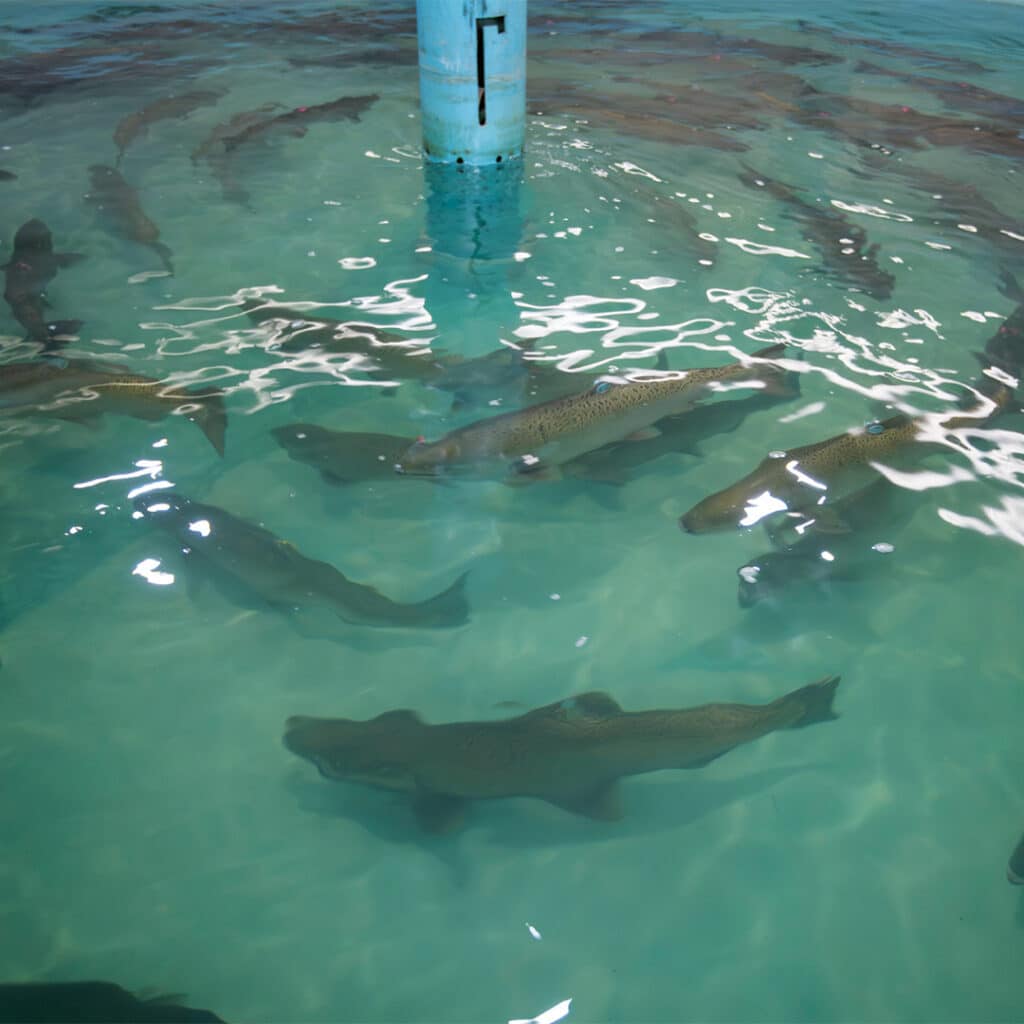
Shasta Dam tours include a walk across the top of the dam and an elevator ride 400 feet down that leads to a jaw-dropping view of the spillway. Visitors are treated to a tour of the powerplant and a look at the 60-foot-tall turbines, as well as the massive penstocks.
Three pairs of nesting osprey make their home at the dam and visitors are sometimes treated to a glimpse of the raptors carrying fish in their sharp talons, Burke says.
As many a longtime North State resident knows, Shasta Dam remains a marvel of engineering. When it was completed in 1945, it was the second-tallest dam in the United States, surpassed only by Hoover Dam. Today it is the second largest concrete dam in the country and the eighth tallest.
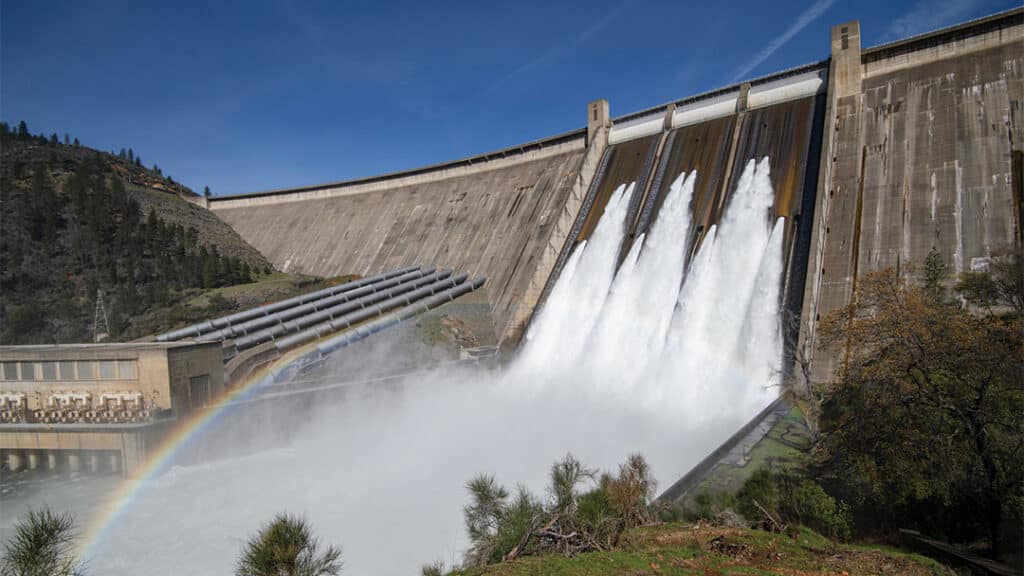
During its construction it had a peak workforce of 4,500 people toiling 24 hours a day, seven days a week. They poured 6.5 million cubic yards of concrete, or enough to build a 3-foot-wide sidewalk around the earth at its equator.
When full, like it was in early May, Shasta Lake stores 4.5 million acre-feet of water. That’s the equivalent of 1.46 trillion gallons and represents 41 percent of the Central Valley Project’s capacity.
The Central Valley Project distributes about a fifth of the state’s developed water, serving 2.5 million people and more than 3 million acres of farmland. It plays a key role in California’s economy. •
Shasta Dam tours are offered daily at 9 and 11 am and 1 and 2 pm.
Tickets are available at the Visitors Center an hour before the start of each tour.
Tours are limited to 20 people each
and tickets are free. The Visitors Center is open from 8 am to 4 pm. Call (530) 247-8555 or
visit www.usbr.gov/mp/ncao/dam-tours.html

